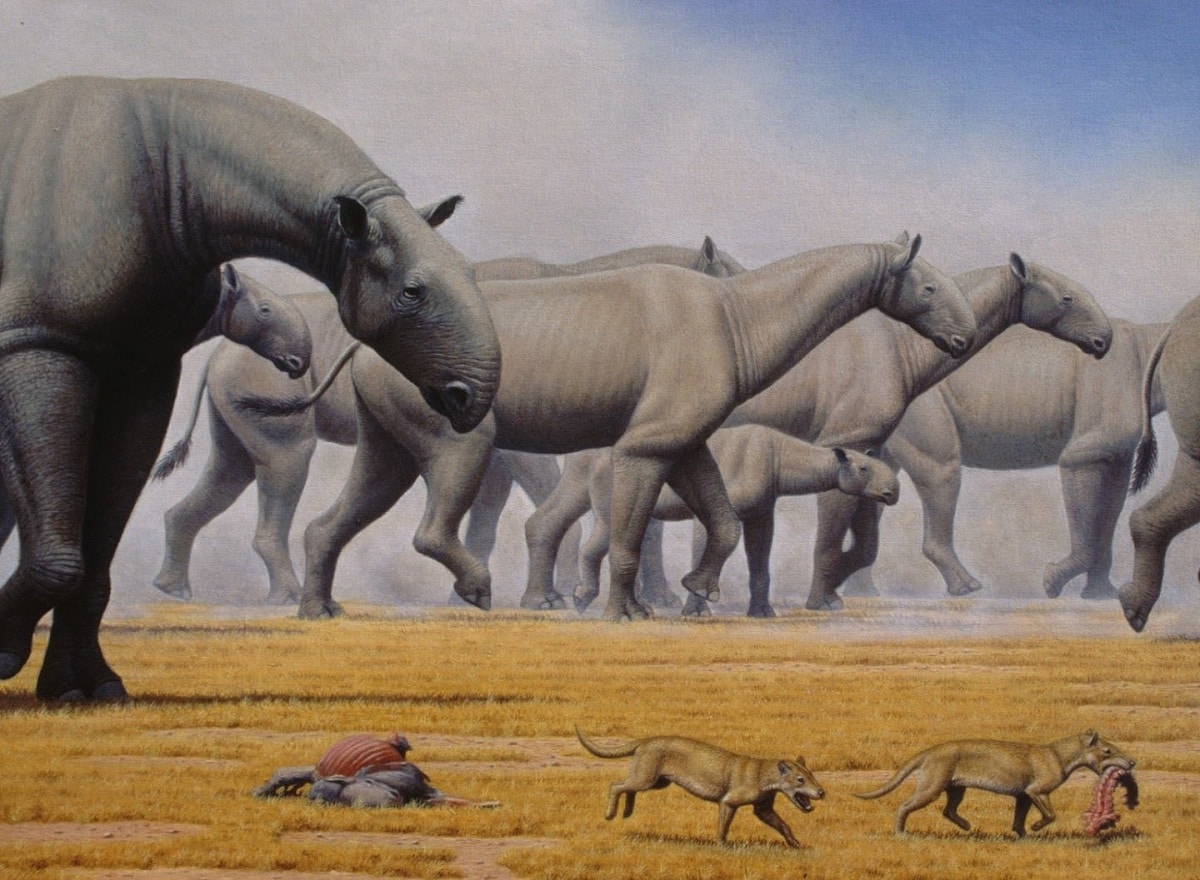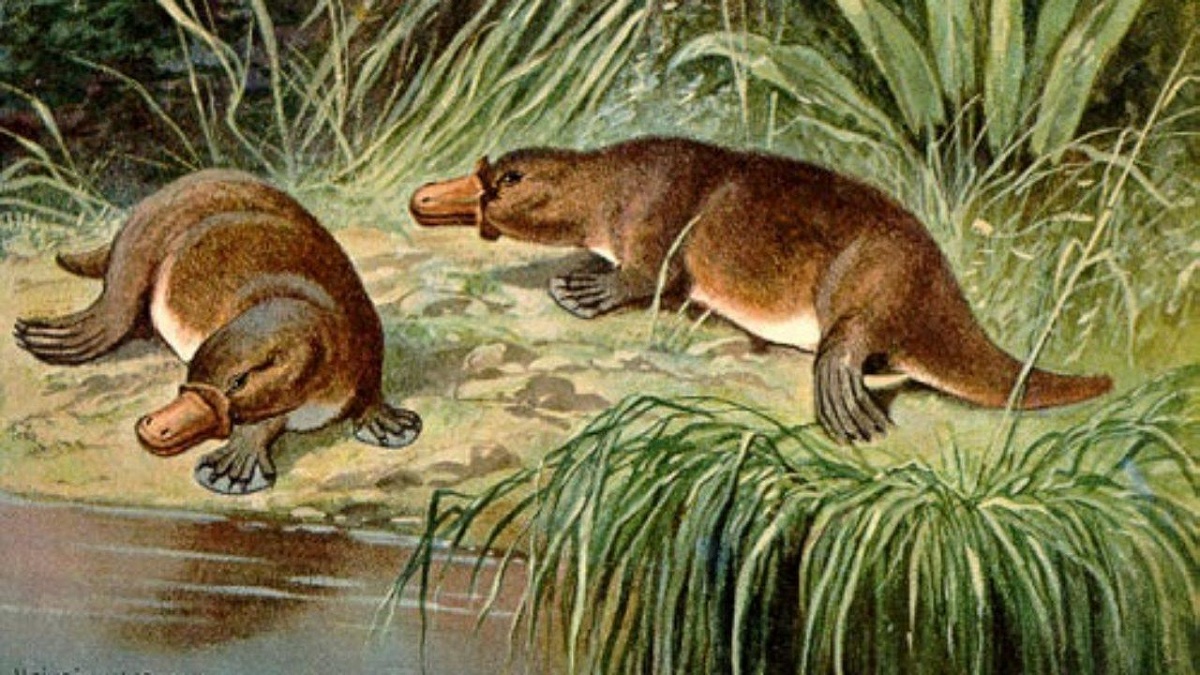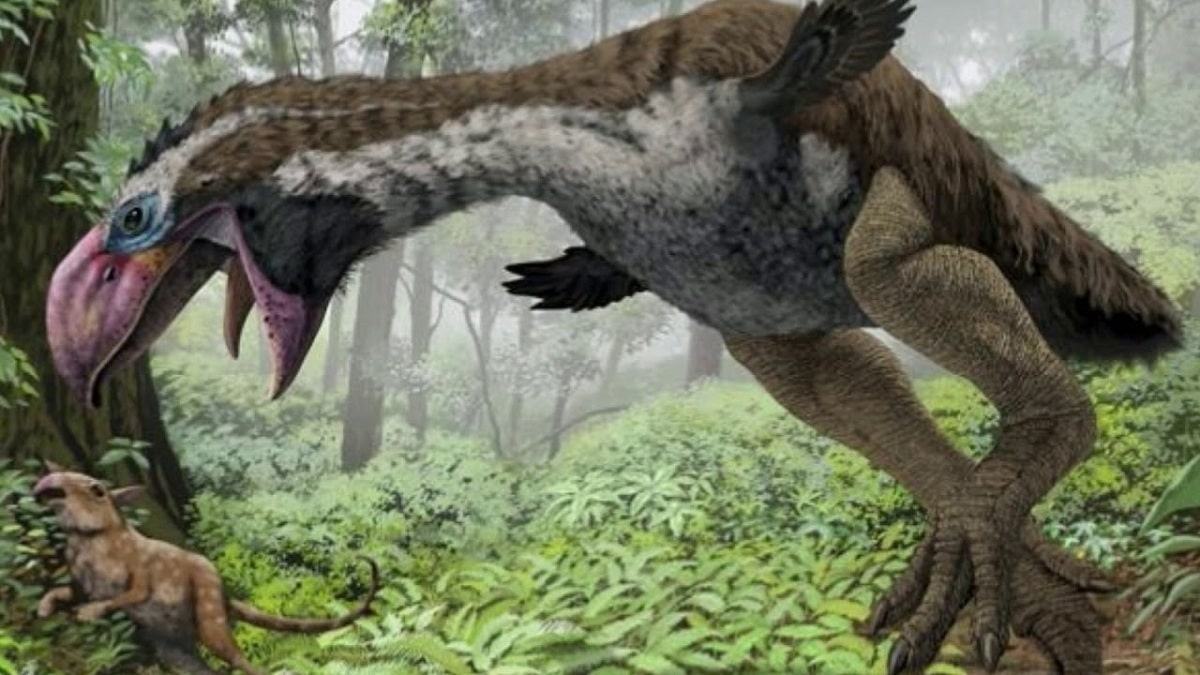
Within the Cenozoic era we have the Paleogene period. It is a division of the timescale that spans 66 million years and ended approximately 23 million years ago. In this period we have a great evolution of mammals despite the fact that they had to evolve from species of a very small size. The Paleogene fauna mark a before and after, especially in mammals.
Therefore, we are going to dedicate this article to tell you all the characteristics and evolution of the Paleogene fauna.
Paleogene period

This period was the origin of more primitive forms of recent life. We must bear in mind that at the beginning of this geological period there was an extinction corresponding to the dinosaurs at the end of the cretaceous period. In the geology of this period we see that the plates of Australia and India moved in a northeast direction due to the movement of continental drift. It is estimated that the speed of movement of these tectonic plates were about 6 centimeters a year. Currently this rate is much lower.
We must also take into account that the fauna of the Paleogene was affected by changes in the climate at a global level. There were acute climatic changes such as a general cooling of all the polar regions. Due to the decrease in all global temperatures, the entire planet could be allowed to cool. As the Paleogene period progresses, the temperatures of the planet increased again. And it is that the increase in temperatures helped to have a tropical climate in many places. As we know, the tropical climate is characterized mainly by the abundance high temperatures, high humidity and good rainfall. All this leads to the development of the Paleogene fauna.
Many organisms had to adapt to the climate and were able to do so despite the extinction that occurred in the previous period. One of the taxa that could develop were angiosperm plants.
Paleogene fauna

The Paleogene period is divided into three epochs: the Paleocene, Eocene and Oligocene. In each of these periods we find a different development of the Paleogene fauna. Let's analyze which ones in detail.
Paleocene
During the Paleocene epoch we found a large number of animals that had to live through the mass extinction of the late Cretaceous. Thanks to this mass extinction event, animals were able to develop different attitudes to adapt to new environments. This extinction gave it the opportunity to diversify and expand to certain species of flora and fauna. They especially took advantage of the occasion that the dinosaurs were already there. And is that these animals they were considered the most important predators on the entire planet. All animals had to compete for natural resources with dinosaurs.
Among the fauna of the Paleogene that stands out from the Paleocene epoch we have reptiles. They were a group of animals that survived extinction very well and were favored thanks to the climatic conditions of this time. Among the most abundant reptiles we find campsosaurs that inhabited mainly aquatic places. Snakes and sea turtles also had a great development.
As for the birds, they expanded thanks to the increase in temperatures in tropical areas. The terror birds were the best known at that time. They were large but without the ability to fly. The habits of these species were carnivorous and were considered fearsome predators for many animals. Other species of birds that found great development during the Paleogene fauna were seagulls, pigeons, owls and ducks.
The marine fauna also developed quite a lot in terms of fish. It generated great competition in the marine field and sharks spread to become the new dominant predators. In the field of mammals, one of the animals that have most developed during the Paleogene fauna, we find placentals, monotremes and marsupials. We also find the group of rodents, primates, lemurs, among others.
Eocene

In the Miocene epoch, the Paleogene fauna developed mainly in the group of mammals and birds. Invertebrates managed to develop and diversify quite a bit in the marine environment. Lots of mollusks, gastropods, bivalves, cnidarians echinoderms could develop during the time. The group of ants is perhaps the most developed group of animals as far as invertebrates are concerned.
Birds were species that developed thanks to favorable environmental conditions. The most abundant were the known species like Phorusrhacidae, Gastornis and the penguins. In the field of reptiles and mammals that developed at a good rate, we found animals that could be up to 10 meters in length. Among these animals we have the ungulates, the cetaceans and the Ambulocytids. Each animal had special characteristics that helped them adapt to the prevailing environment at that time.
Oligocene
The last part of the Paleogene fauna refers to the Oligocene fauna. It is characterized by having numerous groups of animals that diversified and thrive despite the climatic conditions in which they were found. Here the evolution of mammals stands out. A large number of mammalian species appeared, among which we have rodents, canids, primates and cetaceans.
Rodents had the main characteristic of having very sharp incisors with multiple uses. It's use was mainly that of biting predators or gnawing on wood. Primates are a more developed group of mammals and are characterized by having five toes on their limbs. Among the evolutionary advantages of these animals over other mammals is that they have opposable thumbs. In addition, they have plantigrade feet that allow the entire sole of the foot to be supported in order to move more efficiently.
Canids belong to the group of wolves and dogs. Their main characteristic is that of having a medium body and they walk on the tips of the fingers. They have a carnivorous diet and are normally found in the predator link in the food chain.
Finally, cetaceans were a group of mammals that developed quite a bit during the Paleogene fauna. They were the animals that most adapted to marine life although they continue to have lung respiration.
I hope that with this information you can learn more about the fauna of the Paleogene.